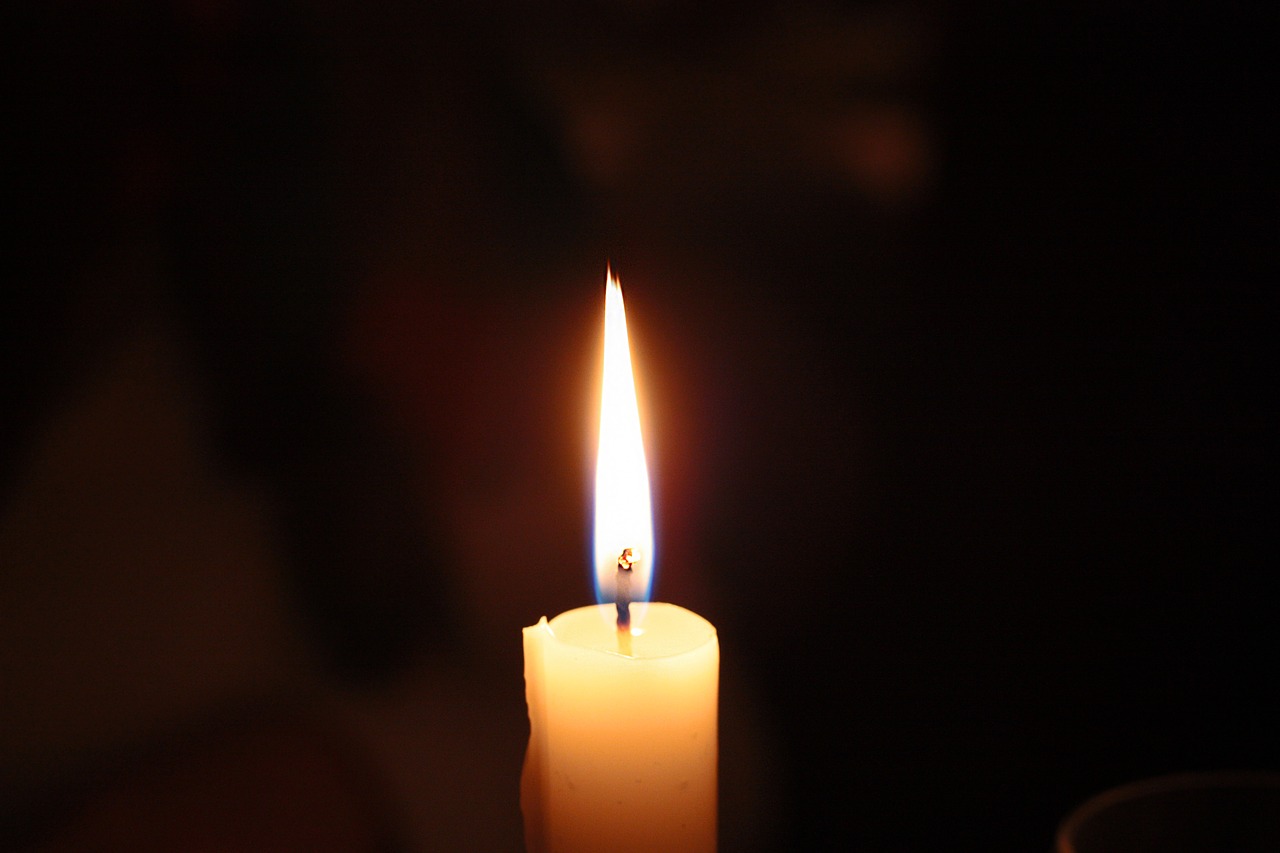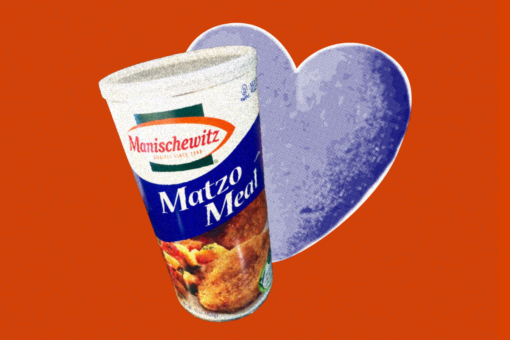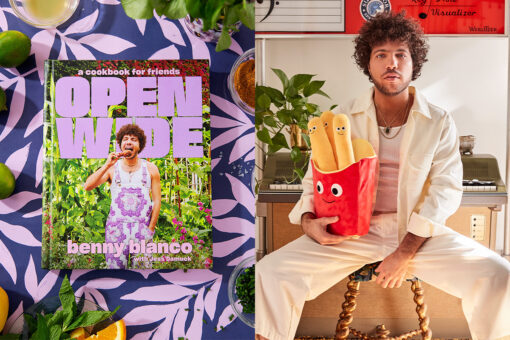While driving down I-66 towards Washington, D.C. on my way to school, I pass by the unmissable building with red, neon letters that spell out National Rifle Association. Perched on top is an American flag that ironically lowers to half-mast when the country is briefly jolted into grief when yet another mass shooting occurs.
And each morning, it is a reminder that going to school is, at this point, a security risk. As a high school senior, it is a reminder that I am just as worried about being shot during class as I am about getting into college. For my generation, which has grown up with more mass shootings each year than there are days in that year, it feels like a miracle that I’ve made it through 13 years of education without surviving an incident or near-incident of gun violence. I have always been aware of the threat of gun violence, and while we talk a lot — and rightfully so — about those who experience gun violence firsthand, we will likely start to understand very soon the psychological impacts of this epidemic on an entire generation that must be constantly on alert.
As a young Jew, this is particularly worrisome as many Jewish communities have been and continue to be targeted, and schools, churches, mosques, workplaces, and public spaces repeatedly fall victim to gun violence. This issue is personal to me and so many of my friends, and it felt necessary to do something, anything, more.
Yes, voting is certainly one way to do more, as is learning more about the topics that impact our lives. Most recently, I’ve committed to demanding, among other mechanisms of change, that the Senate pass S.42, a bipartisan background check expansion bill that will save lives. Yet, I knew there was still a larger step toward addressing our country’s gun violence epidemic. As a member of the Religious Action Center of Reform Judaism’s teen justice fellowship, I worked to put the tragic reality of gun violence into a new perspective and ignite pathways for me and my peers to take further action.
I wanted my project and this new perspective to be genuine, meaningful, and Jewish in its very essence. I unexpectedly found my answer in New Orleans, where I traveled for the holidays. About five hours before my flight back home, I walked into a local artist’s market. As the rest of my family went to pick souvenirs to take back, I immediately saw a candle. Handmade in the city, it smelled like tea, ginger, and orange. Most importantly, I saw, the proceeds of the candle went to preventing gun violence.
I had an idea. What if I burned this candle every time there was a mass shooting in the United States?
Was this a morbid idea, or a powerful visual tool? We light candles on Shabbat as symbols of the two mitzvot (commandments) of remembrance and observation. They are a symbol of life, light, and hope. With our Shabbat candles, we and our ancestors thousands of years back continue on a tradition that is resilient and filled with joy even during difficult times. And in my social action life, I have lit countless candles, in and out of a Jewish context, at vigils for the victims and survivors of the violence plaguing our communities. Candles are at once powerful and peaceful, and I knew in that moment I had found my project.
At the time, it was five days into the new year and I had already missed the chance to light my candle to commemorate the first few lives lost to gun violence in 2020. In order for this to be successful, I would allot one hour of candle burning per mass shooting in the United States. That way, if I had to light the candle one day, I could burn it longer to catch up on the incidents I missed.
I needed to know how long to burn it. On January 5, I would already have to light the candle for seven hours to catch up. Seven mass shootings before the conclusion of the first week in the new year. A total of eight lives already lost to gun violence.
Would my candle survive the year? The month?
If the average candle burns for 60 hours, and I burn the candle for one hour per mass shooting, my candle will only last the first 60 mass shootings. The first 60 out of who knows how many? There were 417 mass shootings in 2019. Suddenly the timeline changed. Now the question was: How many candles will I have to burn before the end of the year?
My mind spiraled as I thought about how many lives that would mean, each one ending just as quick as a candle being blown out. My home would be overwhelmed with the scent of orange and tea leaves all year.
For now, it sits on my kitchen counter, next to a box of matches. We are through January, and I’m ⅕ of the way through the candle. If we can only seem to speak in “thoughts and prayers,” then let my candle serve as a thought for the rest. The only difference is that my candle’s proceeds went to action, not dispassion. It is a small representation of the tragic issue we face in this country, but it’s a constant flame, a reminder that we must take action before any more lives melt away along with the wax on this candle.
I hope you join me.



